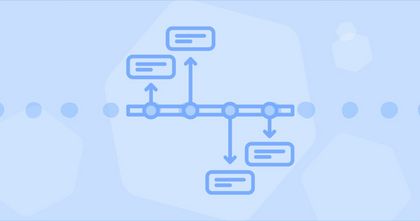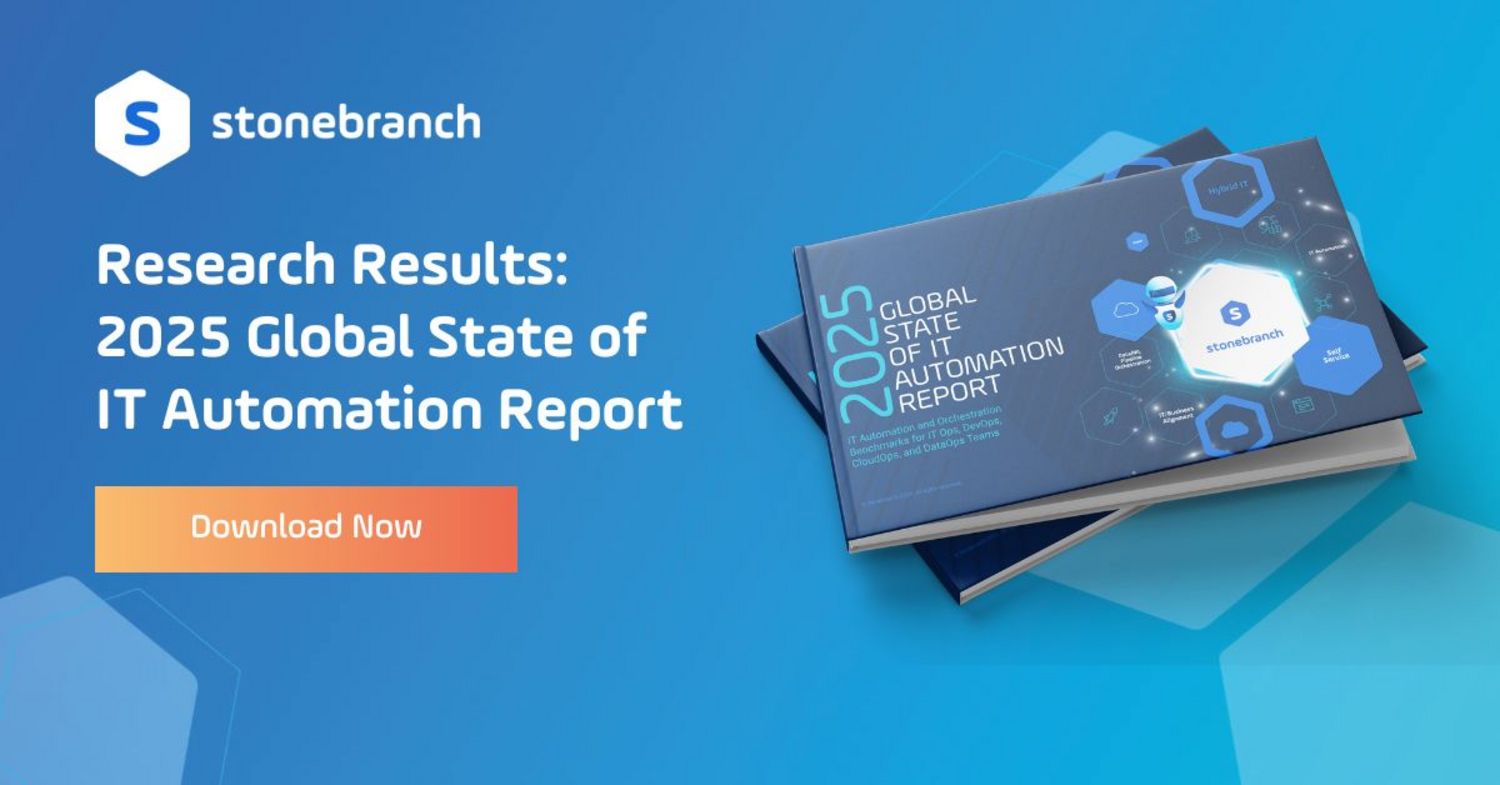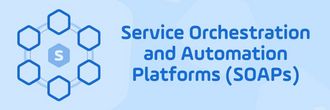Workload Automation Software Through the Decades: 40+ Years of Progress
Though the workload automation (WLA) market is very mature, it’s beginning to exhibit the characteristics of a much younger market.

Workload automation software has been at the center of IT operations for over 40 years, adding value through time-tested and proven features that naturally come from a mature product category. However, industry analyst Enterprise Management Associates (EMA) believes that “WLA is experiencing an evolution that will impact the industry for decades to come.”
In its recently published Global Workload Automation Market Size and Forecast: 2022 to 2027, EMA explores the history of the WLA market, the current trends affecting the market, and its forecast for the next five years.
Because modern WLA solutions readily connect people and systems — and are already integrated with key IT Ops software — enterprises are using WLA capabilities to enhance other automation efforts throughout the business. The video below explains where we’ve been and what’s forecasted to come next.
1970s: Job Scheduling on Mainframes
The workload automation market has been around for more than 40 years, though it didn’t go by that name until much later. In the early days, computing was centralized. Batch and job schedulers executed simple time-based tasks. Yes, on-premises automation was performed in a single environment. Ahhh, the good old days.
1980s–1990s: Adoption Grows
As IT decentralized and grew more complex in the 1980s, these scheduling tools added features to schedule across distributed systems, enable managed file transfers, and execute follow-on jobs. Then the 1990s introduced the internet to the business world, and nothing has been the same since. In both decades, a wide number of automation industry newcomers came to market with enhanced products that offered advanced features. In fact, Gartner regularly created a Magic Quadrant for job scheduling up until 2009.
2000s: Workload Automation Emerges
By the mid-2000’s, Gartner began using the term workload automation (WLA). The primary driver of market innovation was the demand from IT operations teams that needed to account for the emergence of e-business, virtualization, and cloud computing technologies. What would eventually turn into the evolution of the whole category, WLA reflects a market need to manage automation across multiple on-premises environments from a centralized application. Additionally, WLA tools integrate with other IT operations tools, like IT process automation (ITPA) and IT service management (ITSM) tools.
2010s: Broad Adoption in a Mature Market
By the 2010s, WLA was a widely adopted practice. In fact, Gartner had replaced the job scheduling magic quadrant with a workload automation magic quadrant. However, the pace of innovation in the form of new features and use cases slowed down. In fact, with so little happening in the market, Gartner stopped producing a Magic Quadrant for WLA in the 2012/2013 time frame.
But big changes were just around the corner. Toward the end of the decade, cloud computing and big data brought about a renaissance of interest in automation. Cloud computing gave flexibility a boost, but also added a new level of complexity. Job volume exploded to keep up with all of big data’s file transfers, preprocessing, and reporting.
Like before, WLA adapted and integrated more broadly with the new applications and use cases. New and established vendors continued to introduce modernized offerings. In the late 2010s, IDC produced WLA market sizing reports that estimated the market to be just under $2 billion with a CAGR around 6%
2020s: An Inflection Point
After five decades of innovation and new offerings, the WLA market has become a bit confusing.
Some of the very first job schedulers to market have evolved over the decades into products that are still available today. Some newer entrants continue to introduce new products. Others, like Stonebranch Universal Automation Center (UAC), offer advanced orchestration capabilities to help IT teams bridge the gap between on-prem and cloud environments to enable automation across a wide variety of use cases.
Now we’re at an inflection point. It’s challenging to see one definitive path forward, so EMA forecasts two possible routes:
- Status Quo: maintaining the course with traditional, on-premises job schedulers. This leads to islands of automation and the stagnation often seen in product lifecycles that neglect innovation.
- Broader Orchestration: continuing to automate data pipelines, digital transformations, and cloud computing, while creatively finding new automation use cases that orchestrate workflows across the enterprise.
EMA leans in the direction of the Broader Orchestration forecast, calculating a 60% likelihood for this path — and predicting as much as a $5.1 billion market size over the five years between 2022 to 2027. However, this growth isn’t likely to come from more enterprises using WLA solutions. Instead, it’s likely that new use cases will continue to be the key driver.
Ready for Whatever Comes Next
According to EMA, “there is a need for an enterprise-wide orchestrator of automation, and WLA is in the best position to become that orchestrator.” For market leaders like Stonebranch Universal Automation Center (UAC), this transition has already begun.
Gartner recently introduced the service orchestration and automation platform (SOAP) category as the next evolution of WLA, noting that “traditional workload automation strategies are unable to meet the needs of heterogeneous IT environments that include cloud-native infrastructure and big data workloads.” SOAPs offer six key capabilities that meet the needs of heterogeneous, or hybrid, IT environments:
- Orchestrate workflows across multiple applications from a unified view, both on-premises and in the cloud.
- Automate in real-time by moving away from fixed dates and events and triggering workflows based on events.
- Monitor, schedule, alert and gain complete visibility into IT processes throughout the organization.
- Empower business users, developers, and other IT teams with the tools to orchestrate their own workflows.
- Provide compute, network, and storage resources in the cloud and on-premises.
- Manage data pipeline workflows by automating file transfers.
The advanced capabilities offered by SOAP solutions help address your critical automation needs today, while offering future flexibility to expand into new use cases across the enterprise. Click here to learn more about the Stonebranch UAC service orchestration and automation platform, which helps you automate, manage, and orchestrate your IT processes across on-prem, cloud, and hybrid environments.
Start Your Automation Initiative Now
Schedule a Live Demo with a Stonebranch Solution Expert






